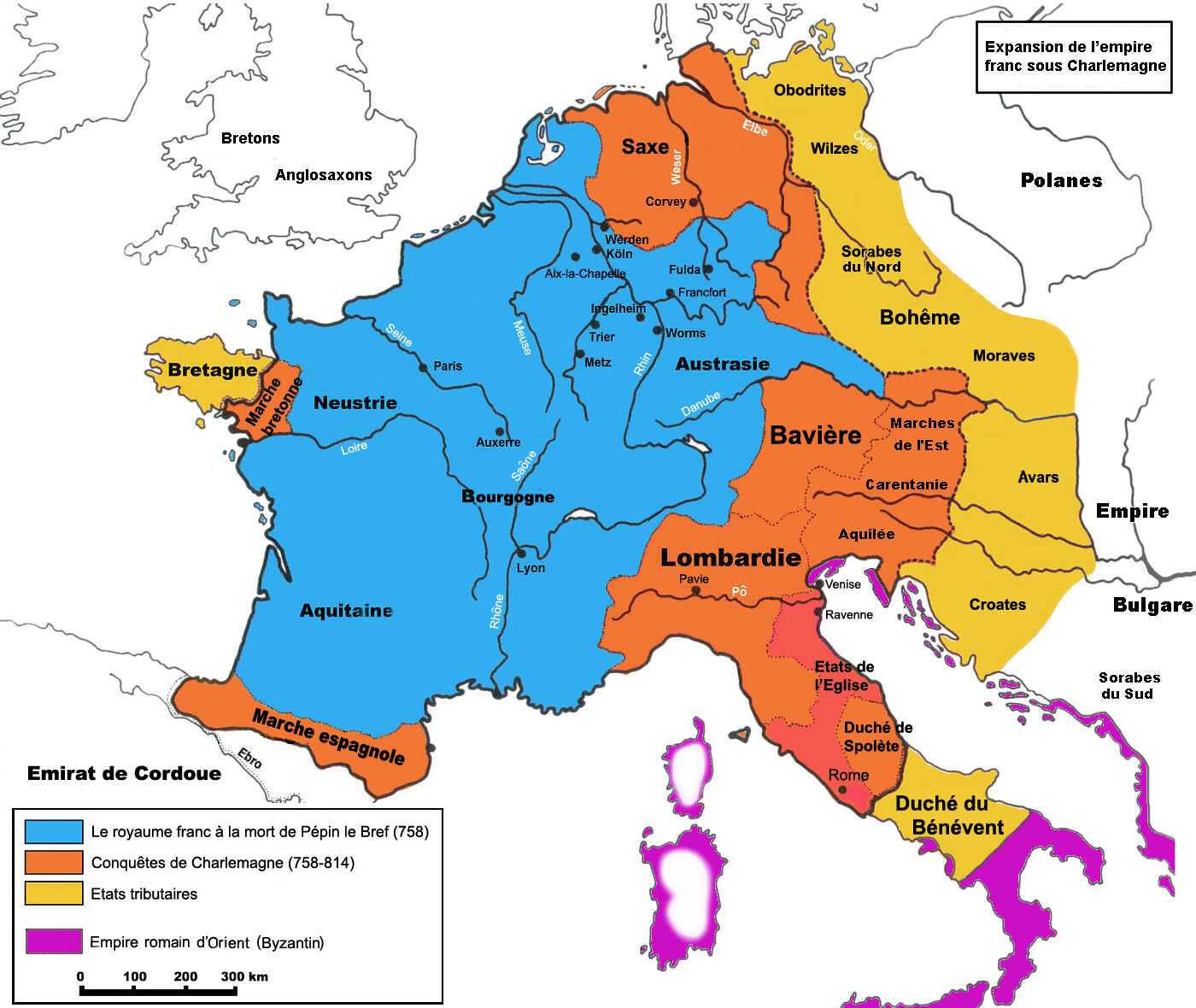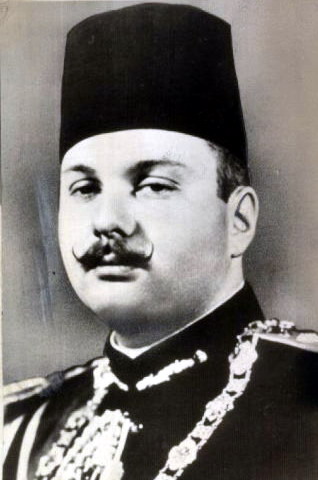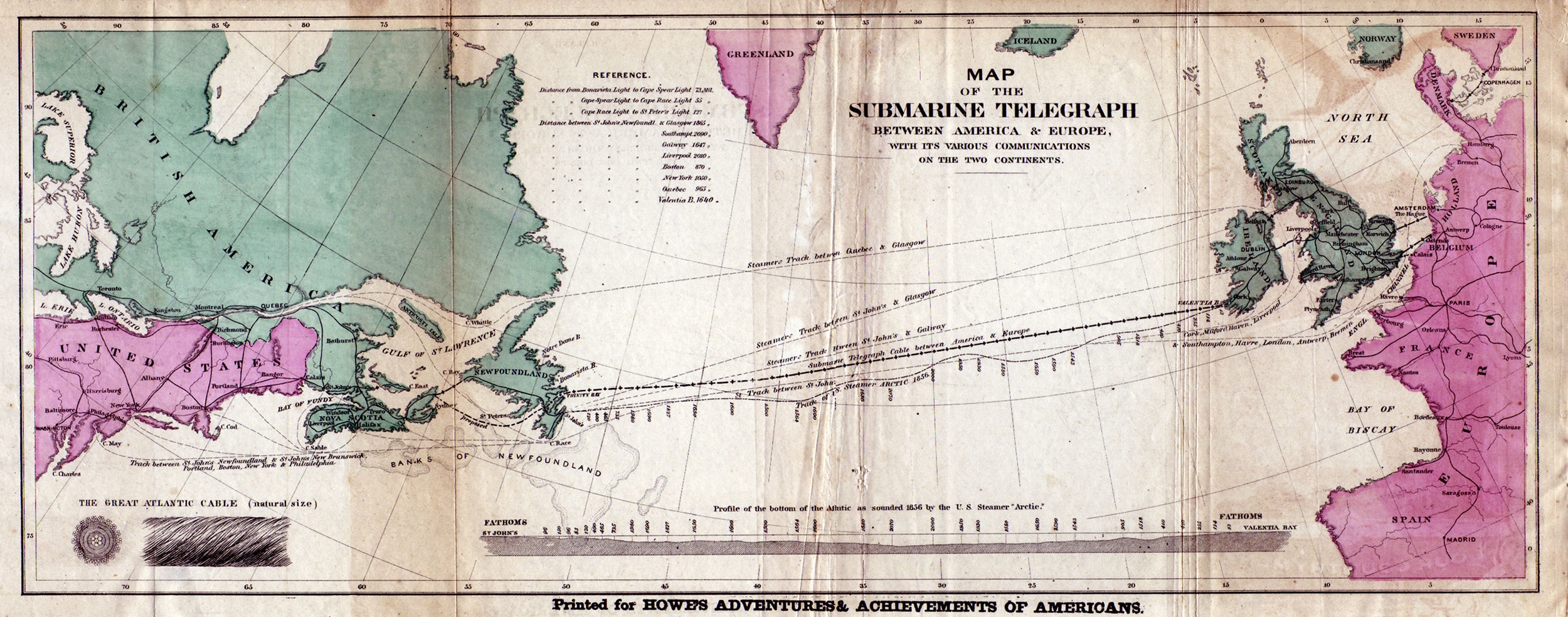|
François Doumergue
François Doumergue (11 May 1858, Carcassonne – 24 December 1938, Oran, Algeria) was a French naturalist remembered for his scientific investigations within the department of Oran. From September 1886 onward, he taught classes at the ''Lycée d'Oran''. As a naturalist, he made contributions in the fields of paleontology, geology, botany and zoology. He was a member of the ''Société de géographie et d'archéologie d'Oran'', serving as its president from 1912 to 1920, and then again from 1924 to 1928. Beginning in 1886, with zoologist Paul Maurice Pallary, he conducted paleontological explorations of several cave sites in the vicinity of Oran. In 1892 at the so-called "Abri Alain" (Kouchet El-Djir), the two men uncovered evidence of prehistoric human activity dating back many centuries. Some of the archaeological pieces that were excavated later became part of the Ahmed Zabana National Museum in Oran. A herpetological species known as " Doumergue's fringe-fingered lizard" (' ... [...More Info...] [...Related Items...] OR: [Wikipedia] [Google] [Baidu] |
Carcassonne
Carcassonne is a French defensive wall, fortified city in the Departments of France, department of Aude, Regions of France, region of Occitania (administrative region), Occitania. It is the prefectures in France, prefecture of the department. Inhabited since the Neolithic Period, Carcassonne is located in the plain of the Aude (river), Aude between historic trade routes, linking the Atlantic to the Mediterranean Sea and the Massif Central to the Pyrénées. Its strategic importance was quickly recognised by the Ancient Rome, Romans, who occupied its hilltop until the demise of the Western Roman Empire. In the fifth century, the region of Septimania was taken over by the Visigoths, who founded the city of Carcassonne in the newly established Visigothic Kingdom. Its citadel, known as the Cité de Carcassonne, is a medieval fortress dating back to the Roman Gaul, Gallo-Roman period and restored by the theorist and architect Eugène Viollet-le-Duc between 1853 and 1879. It was adde ... [...More Info...] [...Related Items...] OR: [Wikipedia] [Google] [Baidu] |
Doumergue's Fringe-fingered Lizard
Doumergue's fringe-fingered lizard (''Acanthodactylus spinicauda''), also known commonly as Doumergue's fringe-toed lizard, is a species of lizard in the family Lacertidae. Geographic range ''A. spinicauda'' is found in Algeria. Habitat The natural habitats of ''A. spinicauda'' are open stony and flat sandy places. Reproduction ''A. spinicauda'' is oviparous, and the average clutch size is 8 eggs. Conservation status The species ''A. spinicauda'' is considered "Critically Endangered An IUCN Red List critically endangered (CR or sometimes CE) species is one that has been categorized by the International Union for Conservation of Nature as facing an extremely high risk of extinction in the wild. As of December 2023, of t ..." because of small geographic range, fragmented distribution within that range, and habitat loss. The species was collected for the first time in 1901. After more than a century no individuals were ever discovered again until recently in 2015, a disc ... [...More Info...] [...Related Items...] OR: [Wikipedia] [Google] [Baidu] |
French Archaeologists
French may refer to: * Something of, from, or related to France ** French language, which originated in France ** French people, a nation and ethnic group ** French cuisine, cooking traditions and practices Arts and media * The French (band), a British rock band * "French" (episode), a live-action episode of ''The Super Mario Bros. Super Show!'' * ''Française'' (film), a 2008 film * French Stewart (born 1964), American actor Other uses * French (surname), a surname (including a list of people with the name) * French (tunic), a type of military jacket or tunic * French's, an American brand of mustard condiment * French (catheter scale), a unit of measurement * French Defence, a chess opening * French kiss, a type of kiss See also * France (other) * Franch, a surname * French Revolution (other) * French River (other), several rivers and other places * Frenching (other) * Justice French (other) Justice French may refer to: * C. ... [...More Info...] [...Related Items...] OR: [Wikipedia] [Google] [Baidu] |
French Herpetologists
French may refer to: * Something of, from, or related to France ** French language, which originated in France ** French people, a nation and ethnic group ** French cuisine, cooking traditions and practices Arts and media * The French (band), a British rock band * "French" (episode), a live-action episode of ''The Super Mario Bros. Super Show!'' * ''Française'' (film), a 2008 film * French Stewart (born 1964), American actor Other uses * French (surname), a surname (including a list of people with the name) * French (tunic), a type of military jacket or tunic * French's, an American brand of mustard condiment * French (catheter scale), a unit of measurement * French Defence, a chess opening * French kiss, a type of kiss See also * France (other) * Franch, a surname * French Revolution (other) * French River (other), several rivers and other places * Frenching (other) Frenching may refer to: * Frenching (automobile), recessing or moul ... [...More Info...] [...Related Items...] OR: [Wikipedia] [Google] [Baidu] |
People From Carcassonne
The term "the people" refers to the public or common mass of people of a polity. As such it is a concept of human rights law, international law as well as constitutional law, particularly used for claims of popular sovereignty. In contrast, a people is any plurality of persons considered as a whole. Used in politics and law, the term "a people" refers to the collective or community of an ethnic group or nation. Concepts Legal Chapter One, Article One of the Charter of the United Nations states that "peoples" have the right to self-determination. Though the mere status as peoples and the right to self-determination, as for example in the case of Indigenous peoples (''peoples'', as in all groups of indigenous people, not merely all indigenous persons as in ''indigenous people''), does not automatically provide for independent sovereignty and therefore secession. Indeed, judge Ivor Jennings identified the inherent problems in the right of "peoples" to self-determination, as i ... [...More Info...] [...Related Items...] OR: [Wikipedia] [Google] [Baidu] |
1938 Deaths
Events January * January 1 – state-owned enterprise, State-owned railway networks are created by merger, in France (SNCF) and the Netherlands (Nederlandse Spoorwegen – NS). * January 20 – King Farouk of Egypt marries Safinaz Zulficar, who becomes Farida of Egypt, Queen Farida, in Cairo. * January 27 – The Honeymoon Bridge (Niagara Falls), Honeymoon Bridge at Niagara Falls, New York, collapses as a result of an ice jam. February * February 4 ** Adolf Hitler abolishes the War Ministry and creates the Oberkommando der Wehrmacht (High Command of the Armed Forces), giving him direct control of the German military. In addition, he dismisses political and military leaders considered unsympathetic to his philosophy or policies. General Werner von Fritsch is forced to resign as Commander of Chief of the German Army following accusations of homosexuality, and replaced by General Walther von Brauchitsch. Foreign Minister Baron Konstantin von Neurath is dismi ... [...More Info...] [...Related Items...] OR: [Wikipedia] [Google] [Baidu] |
1858 Births
Events January–March * January 9 ** Revolt of Rajab Ali: British forces finally defeat Rajab Ali Khan of Chittagong. ** Anson Jones, the last president of the Republic of Texas, commits suicide. * January 14 – Orsini affair: Piedmontese revolutionary Felice Orsini and his accomplices fail to assassinate Napoleon III in Paris, but their bombs kill eight and wound 142 people. Because of the involvement of French émigrés living in Britain, there is a brief anti-British feeling in France, but the emperor refuses to support it. * January 25 – The '' Wedding March'' by Felix Mendelssohn becomes a popular wedding recessional, after it is played on this day at the marriage of Queen Victoria's daughter Victoria, Princess Royal, to Prince Friedrich of Prussia in St James's Palace, London. * January ** Benito Juárez becomes the Liberal President of Mexico and its first indigenous president. At the same time, the conservatives installed Félix María Zuloaga as a ... [...More Info...] [...Related Items...] OR: [Wikipedia] [Google] [Baidu] |
Montolieu
Montolieu (; ) is a commune in the Aude department of southern France. Village of books Sometimes referred to as the " Village of Books", Montolieu contains fifteen bookshops, mostly specializing in secondhand and antique books. Many artists also live and work in Montolieu, with five workshops and galleries of painters and sculptors and three photographers' studios. The commune also contains a cactus garden, the Cactuseraie d'Escaïre-Figue. In 1990, Michel Braibant, a bookbinder in Carcassonne, came up with the idea of a Village of Books in Montolieu, inspired by the Welsh Hay-on-Wye Hay-on-Wye, or simply Hay (; or simply ), is a market town and community (Wales), community in Powys, Wales. With over twenty bookshops, it is often described as a book town, "town of books"; it is both the National Book Town of Wales and the s .... He created the association ''Montolieu Village du Livre'' and founded the ''Musée des Arts & Métiers du Livre'' ("museum of book arts & craft ... [...More Info...] [...Related Items...] OR: [Wikipedia] [Google] [Baidu] |
Herpetological
Herpetology (from Ancient Greek ἑρπετόν ''herpetón'', meaning "reptile" or "creeping animal") is a branch of zoology concerned with the study of amphibians (including frogs, salamanders, and caecilians (Gymnophiona)) and reptiles (including snakes, lizards, turtles, crocodilians, and tuataras). Birds, which are cladistically included within Reptilia, are traditionally excluded here; the separate scientific study of birds is the subject of ornithology. The precise definition of herpetology is the study of ectothermic (cold-blooded) tetrapods. This definition of "herps" (otherwise called "herptiles" or "herpetofauna") excludes fish; however, it is not uncommon for herpetological and ichthyological scientific societies to collaborate. For instance, groups such as the American Society of Ichthyologists and Herpetologists have co-published journals and hosted conferences to foster the exchange of ideas between the fields. Herpetological societies are formed to promote inte ... [...More Info...] [...Related Items...] OR: [Wikipedia] [Google] [Baidu] |



